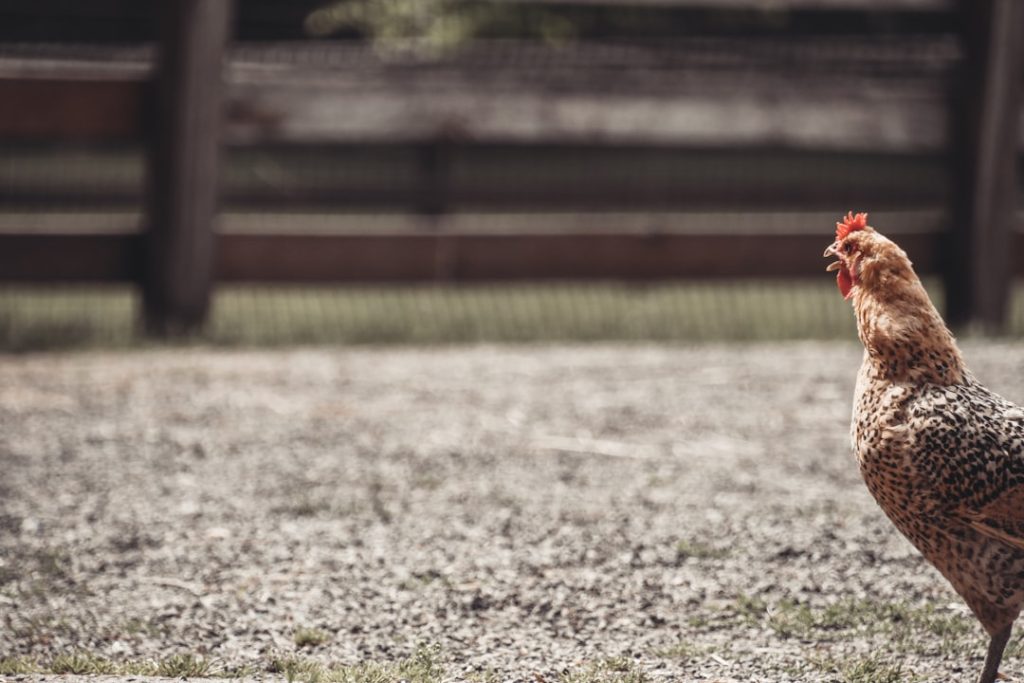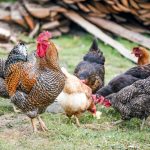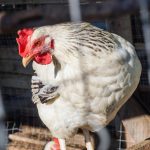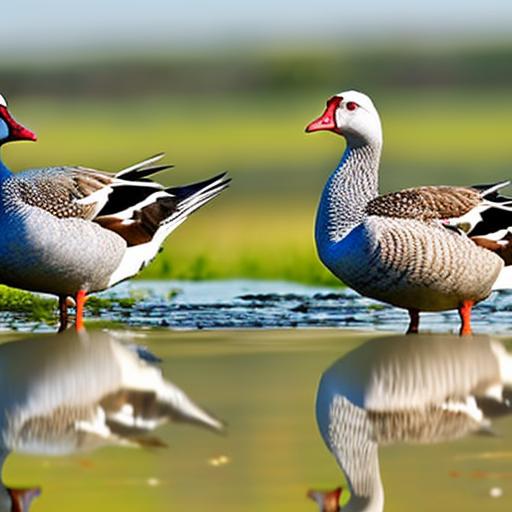When securing a chicken coop, it is essential to understand the various threats that can endanger the flock. Common predators include foxes, raccoons, coyotes, and birds of prey. These animals are often attracted by food odors, making it crucial to maintain a clean coop environment and remove any food scraps that might lure unwanted visitors.
Chickens are also vulnerable to diseases and parasites, which can be mitigated through regular cleaning and health check-ups. Weather conditions pose another significant risk to chicken safety. Extreme temperatures, heavy rainfall, and strong winds can be harmful to poultry.
Proper insulation and weather protection are necessary features for a secure coop. Human threats, such as theft and vandalism, should also be considered. Chicken coops may be targeted by individuals seeking to steal valuable birds or eggs.
Implementing security measures like cameras and motion-activated lighting can help deter potential thieves and safeguard the flock. By comprehensively assessing these threats, chicken owners can develop and implement effective security strategies to protect their coops and ensure the safety of their birds.
Table of Contents
- 1 Securing the Coop
- 2 Using Deterrents
- 3 Supervising Free-Range Time
- 4 Providing Shelter and Cover
- 5 Building a Fence
- 6 Utilizing Guard Animals
- 7 FAQs
- 7.1 What are some effective methods for keeping chickens safe from foxes and chicken hawks?
- 7.2 What type of fencing is best for keeping foxes and chicken hawks out of a chicken coop?
- 7.3 How can motion-activated lights or alarms help deter foxes and chicken hawks?
- 7.4 What role can guard animals such as dogs or llamas play in protecting chickens from predators?
- 7.5 Why is it important to provide secure housing for chickens at night?
Key Takeaways
- Understanding the Threats:
- Identify potential threats to your coop, such as predators and environmental hazards.
- Research the behavior and habits of local predators to better protect your coop.
- Securing the Coop:
- Use sturdy materials to build the coop and ensure all openings are securely closed.
- Regularly inspect the coop for any signs of wear or damage that could compromise its security.
- Using Deterrents:
- Implement deterrents such as motion-activated lights or sound devices to scare off potential threats.
- Consider using natural deterrents like predator urine or predator decoys to keep predators away.
- Supervising Free-Range Time:
- Monitor your flock closely during free-range time to ensure their safety.
- Limit free-range time during peak predator activity hours to reduce the risk of an attack.
- Providing Shelter and Cover:
- Create hiding spots and shelters within the coop and surrounding area for your flock to seek refuge.
- Use dense vegetation or structures to provide cover and protection from aerial predators.
- Building a Fence:
- Install a sturdy fence around the coop to create a physical barrier against predators.
- Ensure the fence is buried underground to prevent predators from digging underneath it.
- Utilizing Guard Animals:
- Consider using guard animals such as dogs or geese to protect your flock from predators.
- Train and socialize guard animals to coexist peacefully with your flock and effectively deter threats.
Securing the Coop
Securing the Coop: A Top Priority for Flock Safety
Inspecting the Coop for Weaknesses
Start by inspecting the coop for any weak spots or vulnerabilities that could be exploited by predators or thieves. Repair any damaged areas and reinforce weak spots to make it more difficult for unwanted visitors to gain access to the coop.
Enhancing Physical Security
This may involve adding locks to doors and windows, as well as reinforcing the structure of the coop itself. In addition to physical security measures, it’s important to also consider the security of the surrounding area. Keep the area around the coop clear of any debris or overgrown vegetation that could provide cover for predators or thieves.
Advanced Security Measures
Installing a perimeter fence around the coop can also help prevent unauthorized access and provide an additional layer of security for your flock. Consider installing an alarm system that will alert you to any potential threats to the coop. This could include motion sensors, door alarms, or even a monitored security system that will notify you and local authorities in the event of a break-in.
By securing the coop and its surroundings, you can help protect your flock from harm and ensure their safety.
Using Deterrents
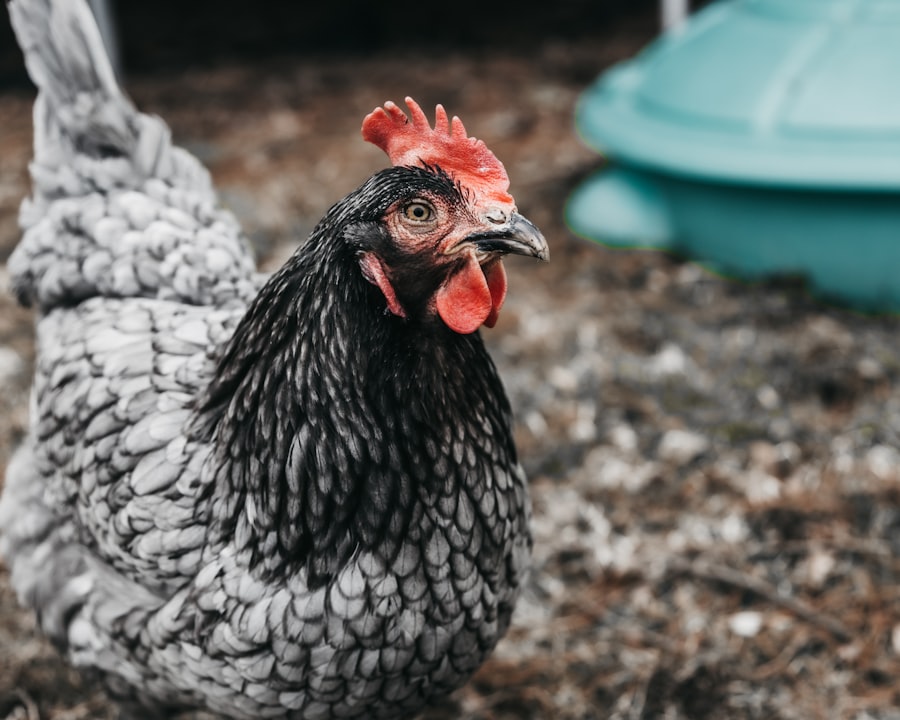
In addition to securing the coop, using deterrents can help prevent potential threats from harming your flock. One effective deterrent is the use of predator-resistant fencing around the perimeter of the coop. This type of fencing is designed to keep out predators such as raccoons, foxes, and coyotes, while still allowing your chickens to roam freely within their designated area.
Another effective deterrent is the use of motion-activated lights and sound devices. These can startle predators and discourage them from approaching the coop. Additionally, using reflective materials such as aluminum foil or CDs around the coop can help deter birds of prey by creating flashes of light that can scare them away.
Consider planting thorny bushes or shrubs around the perimeter of the coop to create a natural barrier against predators. Thorny plants such as roses or blackberry bushes can make it difficult for predators to approach the coop without getting pricked, providing an additional layer of protection for your flock. Finally, consider using scent deterrents such as predator urine or ammonia-soaked rags around the perimeter of the coop.
These scents can help deter predators by making them think that another animal has already claimed the territory. By using deterrents in conjunction with physical security measures, you can help protect your flock from potential threats.
Supervising Free-Range Time
Allowing your chickens to have free-range time outside of the coop is important for their physical and mental well-being, but it’s also important to supervise this time to ensure their safety. Predators are more likely to attack when chickens are outside of their secure coop, so it’s important to keep a close eye on them during free-range time. Consider using temporary fencing or netting to create a secure area for your chickens to roam freely while still being protected from potential threats.
This can help prevent them from wandering too far from the safety of the coop and reduce their vulnerability to predators. In addition to physical barriers, consider supervising your chickens during free-range time to keep an eye out for any potential threats. This could involve physically being present while they are outside, or using surveillance cameras to monitor their activity from a distance.
By supervising free-range time, you can help ensure the safety of your flock while still allowing them to enjoy some time outside of the coop.
Providing Shelter and Cover
In addition to securing the coop itself, providing shelter and cover for your chickens can help protect them from potential threats. Consider adding natural cover such as trees or shrubs within the free-range area to provide protection from birds of prey and other aerial predators. This can give your chickens a safe place to hide if they sense danger approaching.
In addition to natural cover, consider providing artificial shelters such as chicken tractors or covered runs where your chickens can seek refuge if they feel threatened. These shelters can provide protection from both aerial and ground-based predators and give your chickens a safe place to retreat if they sense danger. It’s also important to provide adequate shelter within the coop itself.
Ensure that there are plenty of roosting spots and nesting boxes where your chickens can seek refuge if they feel threatened. Providing ample shelter and cover for your flock can help protect them from potential threats and give them a sense of security in their environment.
Building a Fence
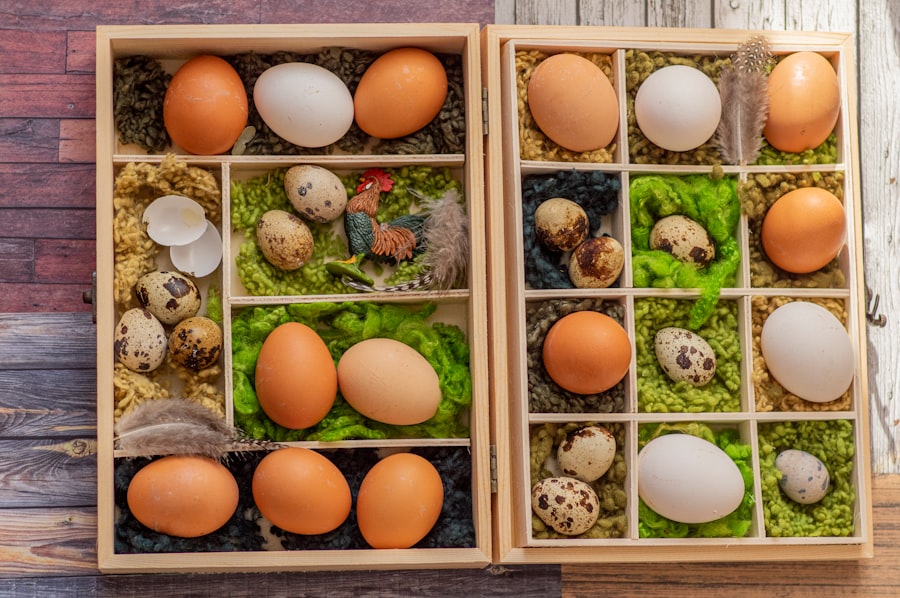
Choosing the Right Materials
When building a fence around the perimeter of the coop, it’s essential to use materials that are strong and durable enough to withstand attempts by predators to gain access to the coop. Consider using hardware cloth or welded wire fencing with small openings to prevent predators from squeezing through or reaching in to grab your chickens.
Burying the Fence and Adding a Roof
It’s crucial to bury the bottom of the fence at least 12 inches underground to prevent predators from digging underneath it. In addition to securing the perimeter, consider adding a roof or netting over the top of the fenced area to prevent aerial predators from swooping in and attacking your flock. This can provide an additional layer of protection for your chickens and help keep them safe from potential threats.
Adding an Electric Fence for Extra Security
Finally, consider adding an electric fence around the perimeter of the coop for added security. Electric fencing can deliver a mild shock to predators that come into contact with it, deterring them from attempting to breach the perimeter and protecting your flock from harm.
Utilizing Guard Animals
Utilizing guard animals such as dogs or geese can provide an additional layer of security for your flock. Dogs are natural predators and can help deter potential threats by patrolling the area around the coop and alerting you to any potential dangers. Consider training a livestock guardian dog specifically for this purpose, as they are bred for protecting livestock from predators.
Geese are also effective guard animals due to their loud honking and aggressive nature towards potential threats. They are known for their ability to alert chickens to danger and fend off predators with their territorial behavior. In addition to dogs and geese, consider using other animals such as llamas or donkeys as guard animals for your flock.
These animals have a natural instinct to protect livestock and can help deter potential threats from harming your chickens. By utilizing guard animals in conjunction with other security measures, you can provide an additional layer of protection for your flock and help ensure their safety from potential threats.
If you’re looking for tips on how to keep your chickens safe from predators like foxes and chicken hawks, you might want to check out this article on poultrywizard.com. It offers valuable information on the best coop designs and security measures to protect your flock from potential threats.
FAQs
What are some effective methods for keeping chickens safe from foxes and chicken hawks?
Some effective methods for keeping chickens safe from foxes and chicken hawks include using secure fencing, installing motion-activated lights or alarms, using guard animals such as dogs or llamas, and providing secure housing for the chickens at night.
What type of fencing is best for keeping foxes and chicken hawks out of a chicken coop?
The best type of fencing for keeping foxes and chicken hawks out of a chicken coop is hardware cloth or welded wire fencing with small openings. This type of fencing is more secure and can prevent predators from digging under or climbing over the fence.
How can motion-activated lights or alarms help deter foxes and chicken hawks?
Motion-activated lights or alarms can startle and deter foxes and chicken hawks when they approach the chicken coop. The sudden light or noise can scare off the predators and prevent them from attacking the chickens.
What role can guard animals such as dogs or llamas play in protecting chickens from predators?
Guard animals such as dogs or llamas can help protect chickens from predators by patrolling the area and deterring foxes and chicken hawks from approaching the coop. Their presence can help intimidate predators and keep the chickens safe.
Why is it important to provide secure housing for chickens at night?
It is important to provide secure housing for chickens at night because foxes and chicken hawks are more active during the early morning and evening hours. Secure housing, such as a sturdy coop with a locking door, can protect the chickens from nighttime attacks.
Meet Walter, the feathered-friend fanatic of Florida! Nestled in the sunshine state, Walter struts through life with his feathered companions, clucking his way to happiness. With a coop that’s fancier than a five-star hotel, he’s the Don Juan of the chicken world. When he’s not teaching his hens to do the cha-cha, you’ll find him in a heated debate with his prized rooster, Sir Clucks-a-Lot. Walter’s poultry passion is no yolk; he’s the sunny-side-up guy you never knew you needed in your flock of friends!

